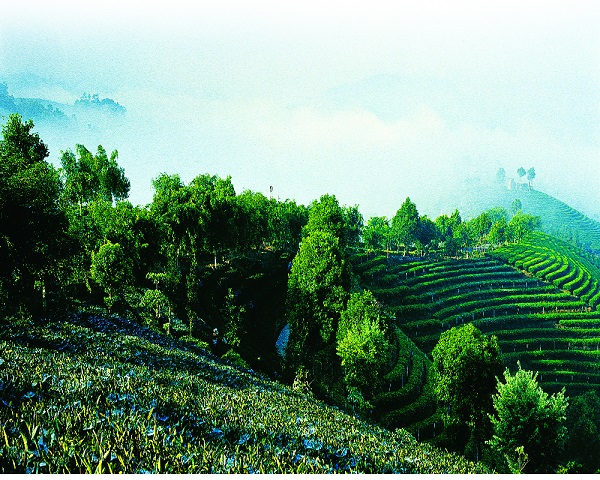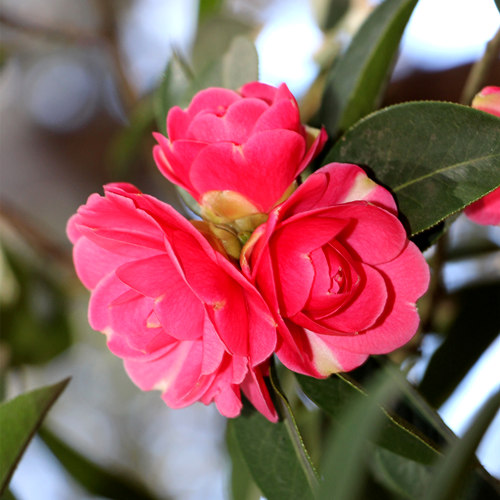
Detailed Introduction to Mouding County of Chuxiong Prefecture
Mouding County (牟定县) is a significant administrative division within the Chuxiong Yi Autonomous Prefecture of Yunnan Province, China. Renowned for its rich historical heritage, vibrant ethnic culture, and diverse natural landscapes, Mouding serves as an important agricultural and cultural center in central Yunnan. This detailed introduction covers the county’s geographical features, historical evolution, economic drivers, ethnic diversity, tourist attractions, transportation, and prospects for future development.
Geographical Location and Climate
Location:
Mouding County is situated in the heart of Chuxiong Prefecture, in central Yunnan Province.
It covers an area of roughly 2,500 square kilometers, with a landscape that transitions from fertile valleys to gently rolling hills and low mountains.
Terrain and Environment:
Landscape: The county features a mix of flat agricultural lands and undulating hills, making it ideal for diverse farming practices.
Water Resources: Numerous rivers and streams flow through Mouding, providing irrigation and supporting its agricultural productivity.
Biodiversity: The region’s varied terrain supports rich flora and fauna, contributing to local eco-tourism potential.
Climate:
Mouding enjoys a subtropical monsoon climate, with mild to warm temperatures year-round.
Temperature: Average annual temperatures typically range from 14°C to 22°C.
Rainfall: The county experiences ample rainfall during the summer monsoon season, which supports lush vegetation and abundant crop production.
Historical Background
Mouding County has a deep historical legacy that reflects its strategic location and cultural intersections in central Yunnan:
Ancient Roots: The area has been inhabited for centuries and was historically integrated into regional kingdoms and trade networks.
Tea Horse Road Influence: Mouding’s proximity to ancient trade routes, including segments of the Tea Horse Road, contributed to cultural exchanges and the economic development of the region.
Ethnic Heritage: As part of Chuxiong Prefecture, Mouding has long been home to the Yi people and other ethnic minorities whose traditions have shaped local customs and social life.
Modern Administration: Established as a county under modern administrative reforms, Mouding has evolved through periods of development while preserving its historical and cultural identity.
Economic Overview
Mouding County’s economy is predominantly based on agriculture, supplemented by small-scale industries and growing tourism initiatives.
1. Agriculture
Staple Crops: The fertile plains and valleys of Mouding support the cultivation of rice, corn, and various vegetables.
Cash Crops: Tobacco and tea are major cash crops. Mouding is part of the broader Pu'er tea-producing region, and its tea gardens are known for high-quality leaves used in both raw and aged Pu'er tea.
Specialty Products: The county also produces fruits, such as apples and pears, and medicinal herbs that contribute to the local economy.
2. Small-Scale Industries
Food Processing: Local enterprises process agricultural products into packaged goods, enhancing the value of raw produce.
Handicrafts: Traditional crafts, including Yi embroidery and wood carving, play a role in preserving cultural heritage and supporting local incomes.
3. Tourism
Cultural Tourism: With its rich history and ethnic traditions, Mouding is gradually developing as a destination for cultural tourism.
Eco-Tourism: The scenic landscapes and biodiversity of the county provide opportunities for nature-based tourism, including hiking, birdwatching, and rural homestays.
Ethnic and Cultural Heritage
Mouding County is home to a diverse mix of ethnic groups, with the Yi people being the predominant community, alongside Han and other minorities. This cultural diversity is a vital part of the county’s identity.
1. Yi Culture
Traditions: The Yi people of Mouding maintain vibrant customs, including traditional music, dance, and festivals such as the Torch Festival, which celebrates the harvest season and ancestral heritage.
Craftsmanship: Yi embroidery, silver jewelry, and traditional woodcrafts are integral to local culture and are practiced by artisans who preserve these ancient skills.
2. Han and Other Minority Influences
Han Culture: The Han community contributes classical Chinese traditions, language, and culinary practices that blend with indigenous customs.
Cultural Harmony: The coexistence of multiple ethnic groups in Mouding has fostered a rich cultural mosaic, celebrated in local festiva



